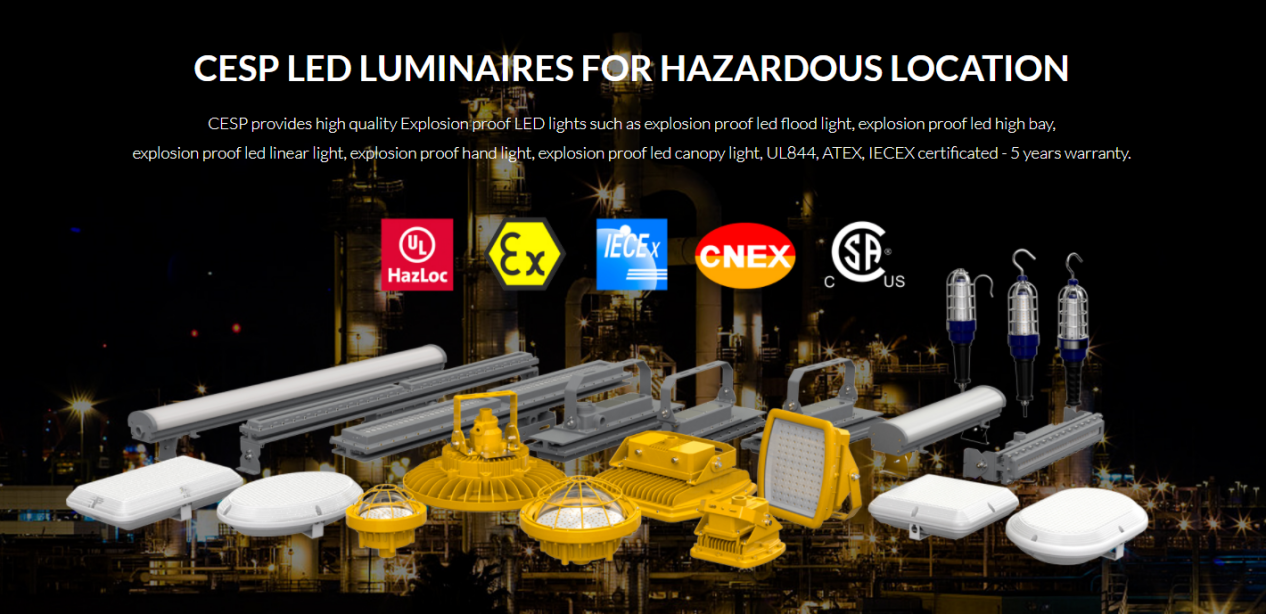Ordinary natural gas purification plant has an annual sulfur production capacity of 240 x 10' t. The sulfur molding process adopts wet molding. The product is granular sulfur with a diameter of 3 ~ 5mm, which is stored in two sulfur silos with a storage capacity of 5.7×10°t. Transport to the car or train loading building by conveyor belt. Sulfur particles produce a large amount of sulfur dust in the process of transportation, transportation, and loading. Dust monitoring and suppression systems are set up to control the dust hazards. However, sulfur dust also has the risk of explosion under certain conditions.
- The physical and chemical properties of sulfur
Sulfur is a secondary flammable solid, non-toxic, CAS number 7704 -34-9; powdered sulfur is light yellow powder, specific gravity 1.96, bulk sulfur is light yellow crystals, specific gravity 2.05, melting point 112.8 ~120 ℃, boiling point 444.6 ℃, The flash point is 207.20 ℃. Easily soluble in carbon disulfide, insoluble in water, slightly soluble in ethanol and ethers. The burning temperature of sulfur is generally 248 ~ 261 ℃, and the burning temperature of powdered sulfur is only about 190 ℃, and it burns with a blue flame; when it is stained with iron sulfide, iron oxide (rust), engine oil, metal powder, carbon powder and oxidant substances , It is easy to ignite sulfur and cause fire; sulfur dust in the air or mixed with oxidant is easy to burn, and even cause dust explosion.
- Hazard Analysis of Sulfur Dust Explosion
- Sulfur combustion characteristics
Due to the different molding methods, sulfur is in the form of powder, granules, flakes, or lumps. It exhibits different combustion performance under different conditions and states. When the solid particle size is small, it exhibits flammable characteristics. The product of sulfur combustion is mainly sulfur dioxide, and its combustion heat is 300kJ/mol. Sulfur can cause fires under heat, impact, friction, etc. It will generate static electricity in the process of crushing, grinding, storage and transportation, causing spontaneous combustion and explosion.
- Sulfur dust explosion conditions
The explosion characteristics of sulfur dust are affected by a variety of factors, and there should be "5 conditions" to cause a sulfur dust explosion: combustible dust, dust cloud, ignition source, combustible material, and limited space.
- Hazard Analysis of Dust Explosion in Sulfur Storage and Transportation System
Combining the process characteristics and safety characteristics of the sulfur storage and transportation system of the purification plant, the hazard of sulfur dust explosion during the storage and transportation of the purification plant is analyzed.
- Friction, impact sparks. During the transportation process of the sulfur particles, the sulfur particles and its storage and transportation equipment hit the sparks. When the sulfur particles violently collide or rub against each other, the sparks generated by the impact or friction fall off high-temperature solid particles. Tests have shown that if the diameter of the sparks is 0.1 ~ 1 mm, its energy can reach 1.76 ~ 1 760 mJ, which may ignite sulfur dust. The static electricity generated by the friction between the particles, dust and the conveyor belt and the particles and dust, under appropriate conditions, can have an electrostatic voltage of several to tens of thousands of volts, and the energy generated is far greater than the minimum ignition energy of sulfur particles.
- Spontaneous combustion of ferrous sulfide on the surface of the equipment. The carbon steel equipment is made of materials that are prone to produce ferrous sulfide, and it will produce ferrous sulfide on the surface in long-term contact with sulfur; an appropriate amount of water has a positive catalytic effect on the spontaneous combustion process of ferrous sulfide, and the initial self-heating temperature of FeS can be reduced from 140.93°C when there is no water. To 40 ~ 60 ℃ when water is contained; when the humidity in the air increases, the self-heating performance of ferrous sulfide will gradually increase; self-heating and spontaneous combustion of ferrous sulfide occur. When the heat is released to a certain degree, it can form an open flame to ignite the surrounding flammable Substance: As the air flow increases, the heating rate of ferrous sulfide gradually increases.
- Electric sparks caused by electrical equipment failure.
- The equipment generates heat due to friction due to lack of lubrication at the mechanical running parts.
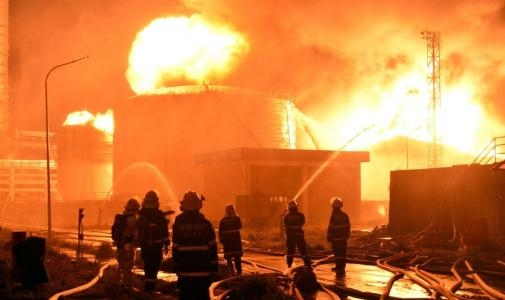
- Analysis of Dust Explosion Hazard in Storage and Transportation
- Storage system
- Bulk sulfur blanking point. The sulfur material falling from the top to the bottom by its own gravity at the blanking point is likely to cause dust to fly, so that the sulfur dust and the air are fully mixed to form a dust cloud, which is easy to cause combustion and explosion.
- A large number of sulfur particles are piled up. It may come into contact with oxygen in the air to produce an oxidative exothermic reaction. If the heat is not sufficiently dissipated, the temperature will increase and cause spontaneous combustion.
- Sulfur dust deposited in pits, depressions, ditches, dead ends and equipment surfaces. If these dusts are not removed in time, it is easy to cause dust to fly and form suspension explosion conditions during the cleaning process.
- There may be combustible gases such as hydrogen sulfide in the sulfur silos. These gases are heavier than air. There is also a fire and explosion hazard due to the accumulation of combustible gases at the bottom of the silo and underground corridors.
- Conveyor system
- Conveyor belt. Due to the sulfur produced by the wet molding process, there are some small fine powder particles of sulfur, and some of the sulfur particles adhere to the surface of the transfer belt during the transportation process, and fall due to the vibration of the belt and the change in tension, causing the fine powder sulfur to be scattered along the belt. build up. When the sulfur dust reaches a certain thickness, it can easily cause smoldering.
- Color steel ceiling. Sulfur powder falls from the return belt and accumulates more on the roof. When the surface temperature is high, the moisture continuously evaporates, acidic sulfur powder and corroded iron sheet are easy to generate ferrous sulfide and spontaneously combust in the high temperature and humid environment, and will reduce the sulfur in the interlayer. The powder ignites.
- Power cable. When the spontaneous combustion of ferrous sulfide causes the sulfur in the cracks of the roof to liquefy around the flame, the sulfur with the flame flows into the cable rack under the shed, which will cause the cable rubber to burn and cause more serious combustion and explosion accidents.
- Friction static. The static electricity accumulated during the operation of the belt conveyor may cause the sulfur to burn and explode.
- Loading system
- The loading equipment corrodes and catches fire. For example, the buffer bin and screw feeder are corroded and perforated, the ram tie rod joints have been corroded and broken repeatedly, and the roof of the loading building has been corroded and caught fire.
- Buffer storage gate. Repeatedly automatically open and close for batching weighing cycle operation, it is easy to produce friction static electricity and cause sulfur burning.
- Bulk sulfur blanking point. Bulk sulfur quickly slides into the container from the height of the loading building. The friction and impact between the sulfur particles generate strong static electricity. After the formation of a dust cloud, static electricity and electric sparks can easily cause explosion accidents.
- Car loading yard. Sulfur dust is easy to form during loading, especially in the summer when the vehicles are packed tightly, and during the frequent parking and starting of the car, the sulfur dust is more serious and easy to cause spontaneous combustion.
- At the guide trough. During the transportation process, mechanical vibration and friction and collision between particles are prone to produce suspended sulfur dust, which is extremely easy to burn and explode.
- Sulfur dust deposited on heating surfaces such as lighting devices and hot surfaces of mechanical equipment may smolder after being heated for a period of time within a certain layer thickness range (such as 10 ~ 20mm).
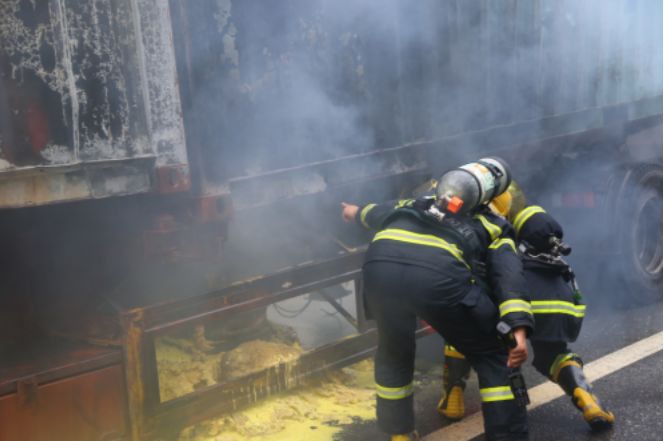
- Emergency measures to be taken in the event of fire and explosion hazards
Through the analysis and investigation of typical dust explosion accidents at home and abroad, it is found that if an explosion hazard can be discovered in time and effective measures taken in the early stage, the explosion can be avoided or casualties can be reduced.
- Due to the long induction period of sulfur dust explosion, sulfur dust catches fire and spreads slowly, and will release a large amount of smoke and pungent sulfur dioxide gas. The early characteristics are obvious, and it is easier to find out by post-enhanced monitoring.
- After determining that the sulfur is on fire in a restricted space, it is necessary to avoid direct impact of water flow on the periphery of the fire surface or the outer wall of the air duct; when conditions permit, it is best to use steam to extinguish the fire; if the on-site personnel cannot judge the correct disposal measures, emergency avoidance measures should be taken. Evacuate to a safe area in a dangerous way (stop all operations on site).
- When a sulfur pile is on fire, it is necessary to avoid directly impacting the sulfur pile or the ground around the fire point with a direct water jet. Because the air flow brought by the water column impacting the sulfur pile or the ground will disturb the sulfur dust and suspend the sulfur dust in the air, reaching the explosion limit, causing an explosion. , To expand the accident hazards. The best way to extinguish fire is to use nozzles with good atomization effect, such as atomizing water cannons or blooming water cannons, to pour the fire area to extinguish the fire. A water curtain spray system can be used together to form a liquid mist screen of fire extinguishing agent and reduce the impact of sulfur Surface causes the possibility of dust and sulfur suspended in the air.
- Do a good job in the safety of rescuers, because sulfur fires will release a large amount of toxic gas sulfur dioxide, which is easy to cause personnel poisoning. When extinguishing a sulfur fire, you must wear fire-proof and heat-insulating clothing and air respirators to avoid thermal radiation damage and avoid direct inhalation of toxic gases.
- When liquid sulfur is in danger of fire in the liquid sulfur storage tank and the liquid sulfur pool, the steam fire extinguishing system should be quickly turned on and the gas-phase connecting pipe control valve should be closed.
Practice has found that the best way to extinguish a sulfur fire is water and steam, and dry powder fire extinguishers are not effective.
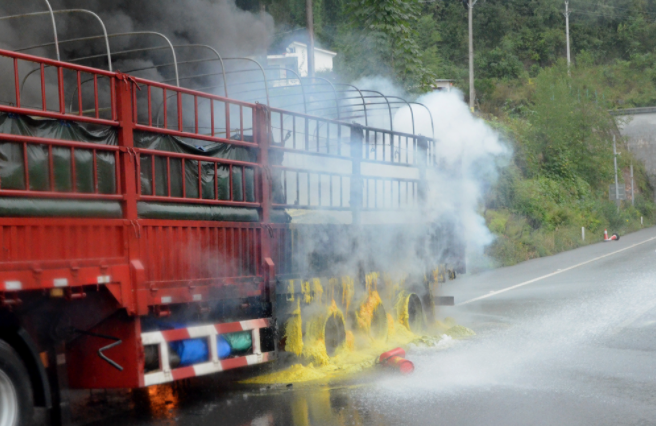
- Management measures to prevent sulfur fire and dust explosion
In the storage and transportation system, sulfur fire and sulfur powder explosion can be avoided. Preventive measures can be taken to avoid the burning and explosion of sulfur. Although control measures cannot completely prevent the occurrence of explosions, they can reduce losses as much as possible and control the consequences to an acceptable level.
- Strengthen daily management, find areas where ferrous sulfide and fine sulfur may accumulate, remove sulfur powder inside and outside the equipment, and reduce the risk of fire and explosion accidents caused by spontaneous combustion of ferrous sulfide and sulfur powder accumulation.
- Upgrade the materials of the key equipment of the storage and transportation system in contact with sulfur, and use materials that are not easy to chemically react with sulfur dust to avoid spontaneous combustion of ferrous sulfide.
- The early detection of sulfur burning is very important. While relying on the video monitoring system and the safety alarm system, the post personnel must strengthen the inspection of key parts of the site, and achieve early detection, early reporting, and early disposal of hidden dangers to control the accident in the budding state.
- Strengthen the maintenance and management of safety facilities, formulate a special management system, and regularly check the status of the silos and belt conveyors for spraying and dust suppression facilities. In the process of sulfur transportation, the system spray dust suppression facilities must be put into use; the silo dome spray facilities must be tried out once a week.
- Strengthen the operation and management of rotating equipment and regular lubrication to avoid the ignition of sulfur due to heat accumulation due to equipment friction.
- Strengthen the management of direct operations and improve the fire level of areas where fine sulfur is likely to accumulate. Feasible safety prevention and control measures must be formulated and implemented before a fire breaks out.
- Regularly carry out emergency drills for sulfur fire and dust explosion, and personnel should be trained in first aid and the use of gas defense equipment to improve the emergency response capabilities of employees.
Sulfur is a secondary flammable solid, and sulfur dust is easy to burn in the air or mixed with oxidant and even cause dust explosion. Therefore, both in the process of transportation and storage in the warehouse should be stored reasonably, and the equipment for storing sulfur should also be selected for products with a working temperature of less than 190°.
Shenzhen CESP Co., Ltd. focuses on the field of special industrial lighting. It is a high-tech enterprise integrating design, R&D, production and sales. A complete management team provides expertise in the lighting fields of domestic electric power, metallurgy, railways, large industrial and mining enterprises, and marine ships. It also provides advanced technical support and product supporting services for internationally renowned companies.
CES-J explosion proof led floodlight with ATEX\IECEX/UL certification, which can be used in wastewater treatment, oil refineries, drilling platforms, petrochemical facilities, catering facilities, tunnels, outdoor walls and anchors The general area lighting installed, as well as hazardous areas with flammable steam and gas, is an explosion-proof floodlight with high lumen and high luminous efficiency, designed to meet the requirements of applicable hazardous gas areas, and the working environment with a temperature as high as 40°C , Can also work in humid environment, IP rating is IP66.
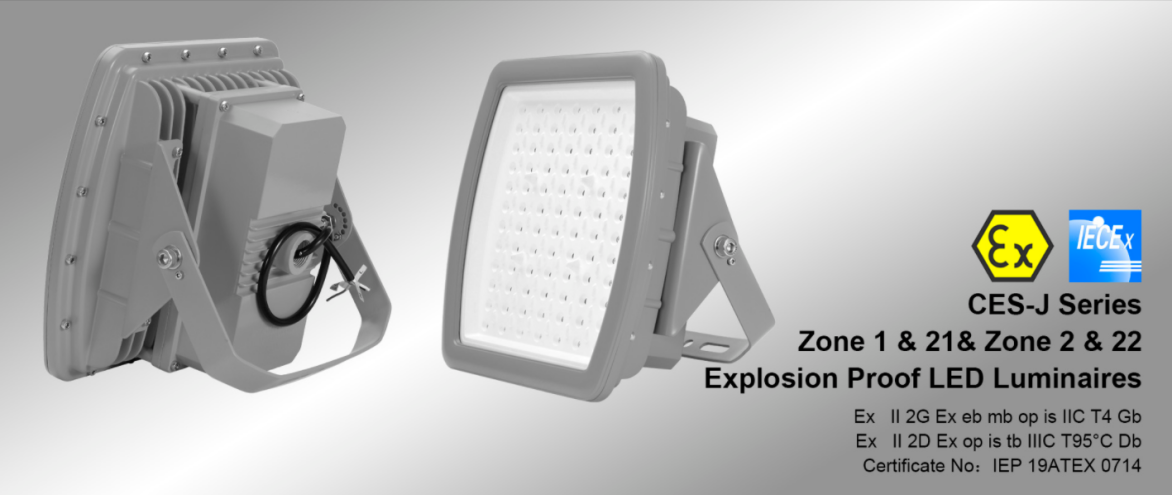
The shell is made of a die-cast aluminum shell with a special process, and the powder coating is added to make the explosion-proof lamp have a high-strength hard shell and corrosion resistance. At the same time, the appearance is also excellent. The excellent three-dimensional heat dissipation structure design increases the lamp The efficiency and service life can withstand high mechanical strength and temperature changes. The lamp has a built-in ballast, no need to be equipped with a ballast box, and the lamp body and the ballast box are designed separately, with a compact structure to ensure the explosion-proof performance of the shell.
Although his lamp beads have different powers, the number of lamp beads is also different, but his luminous flux is maintained at 110-140lm/W, and the color temperature and installation angle can be adjusted between 3000-6500K according to customer needs. This lamp There are also lighting solutions in dusty environments. If you have any needs in this area, you can contact us for consultation, or if you have other lighting consultations, you can also contact us to provide you with lighting solutions.


